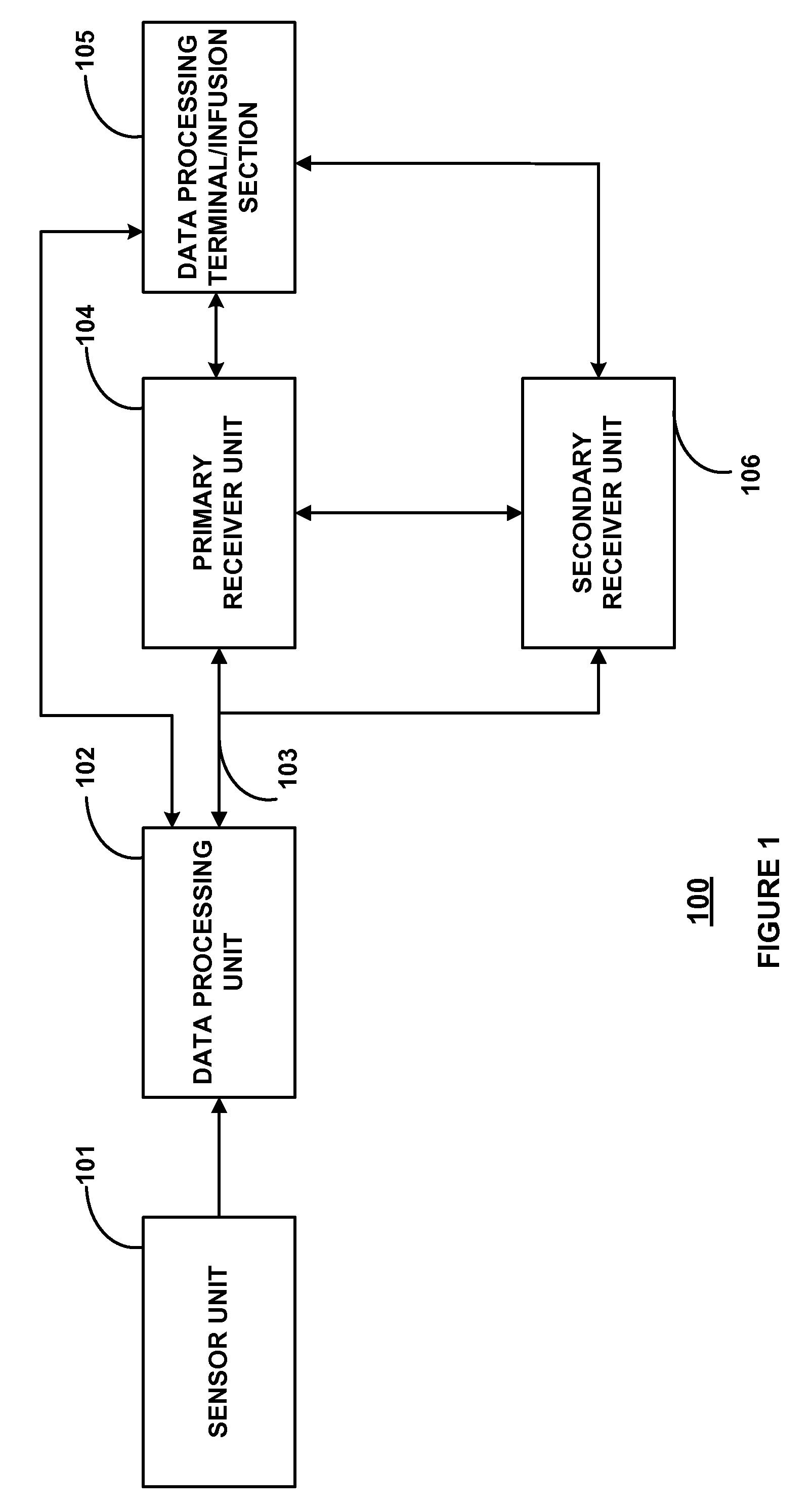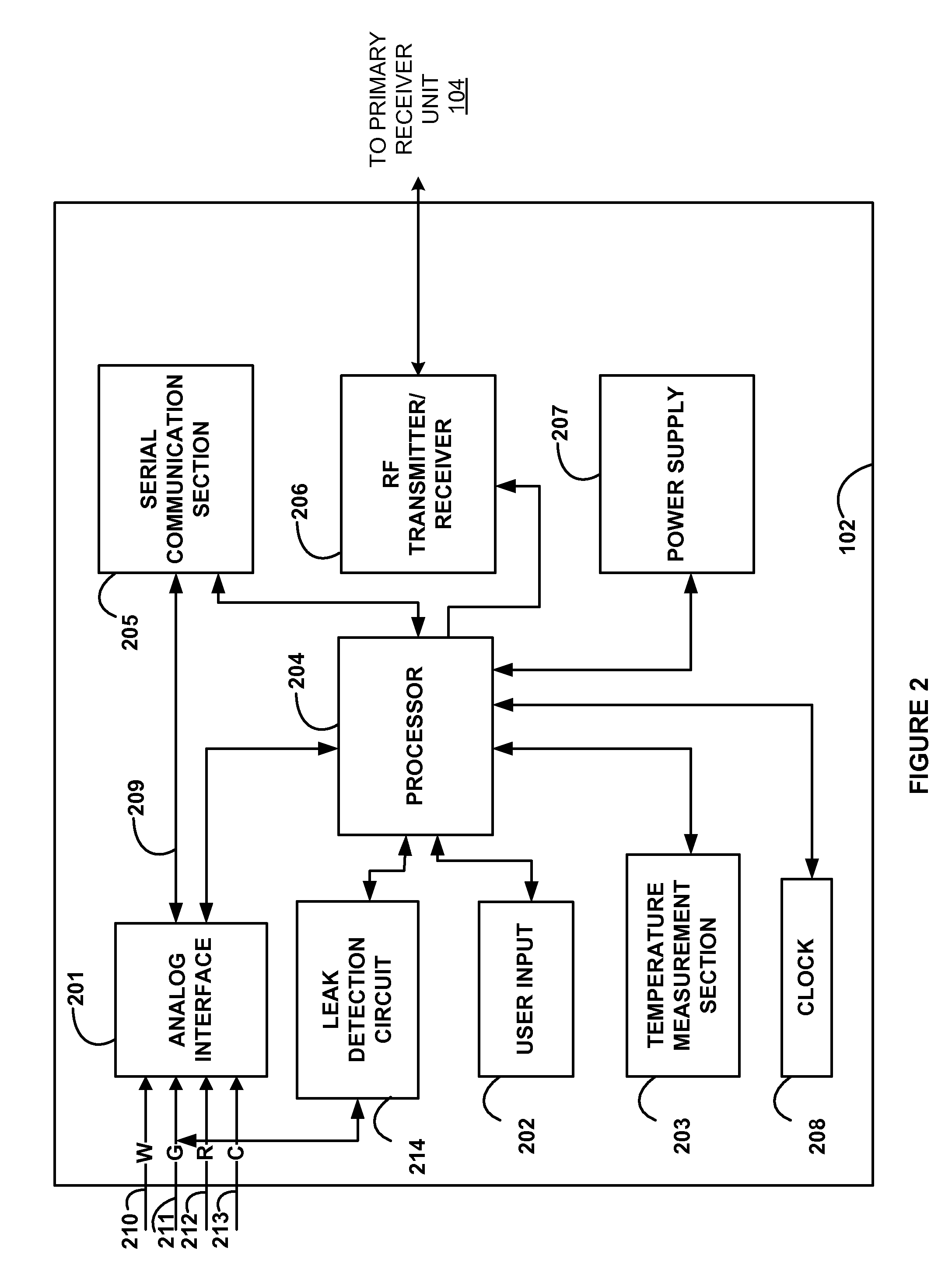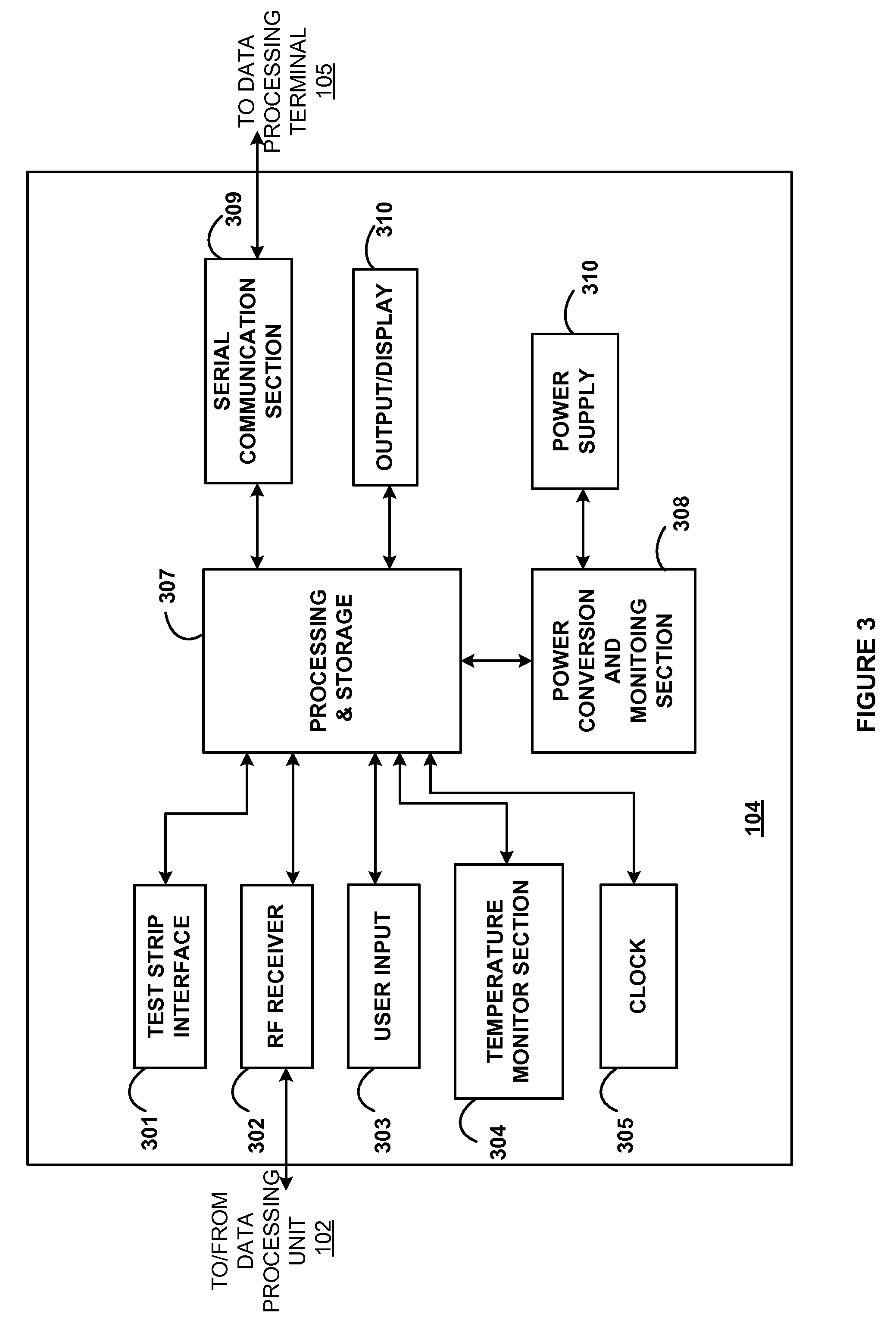Redox polymer based reference electrodes having an extended lifetime for use in long term amperometric sensors
- Summary
- Abstract
- Description
- Claims
- Application Information
AI Technical Summary
Benefits of technology
Problems solved by technology
Method used
Image
Examples
example 1
Redox Polymer Based Reference Electrode
[0132]A reference electrode was first prepared by depositing on a screen printed carbon electrodes 600 ng of a mixture of X7 redox polymer (FIG. 6) (75%) and PEGDGE 400 (25%). After air drying for 24 hours, the electrode was dip-coated with a flux limiting membrane.
[0133]The potential of the electrode was determined by the relative ratio of the concentration of Os(III) vs. Os(II) of the redox center of the polymer. The presence of reducing agents would decrease the Os(III) concentration and thus decrease the electrode potential. An opposite effect would result from oxidizing agents. To investigate the possible potential range of the reference electrode under physiological environments, oxygen and ascorbic acid were chosen as representative oxidizing and reducing agents, respectively. As can be seen in FIG. 7, addition of 3 mg / dL ascorbic acid caused the electrode potential to decrease much more significantly to about −150 mV in the absence of o...
PUM
 Login to View More
Login to View More Abstract
Description
Claims
Application Information
 Login to View More
Login to View More - Generate Ideas
- Intellectual Property
- Life Sciences
- Materials
- Tech Scout
- Unparalleled Data Quality
- Higher Quality Content
- 60% Fewer Hallucinations
Browse by: Latest US Patents, China's latest patents, Technical Efficacy Thesaurus, Application Domain, Technology Topic, Popular Technical Reports.
© 2025 PatSnap. All rights reserved.Legal|Privacy policy|Modern Slavery Act Transparency Statement|Sitemap|About US| Contact US: help@patsnap.com



